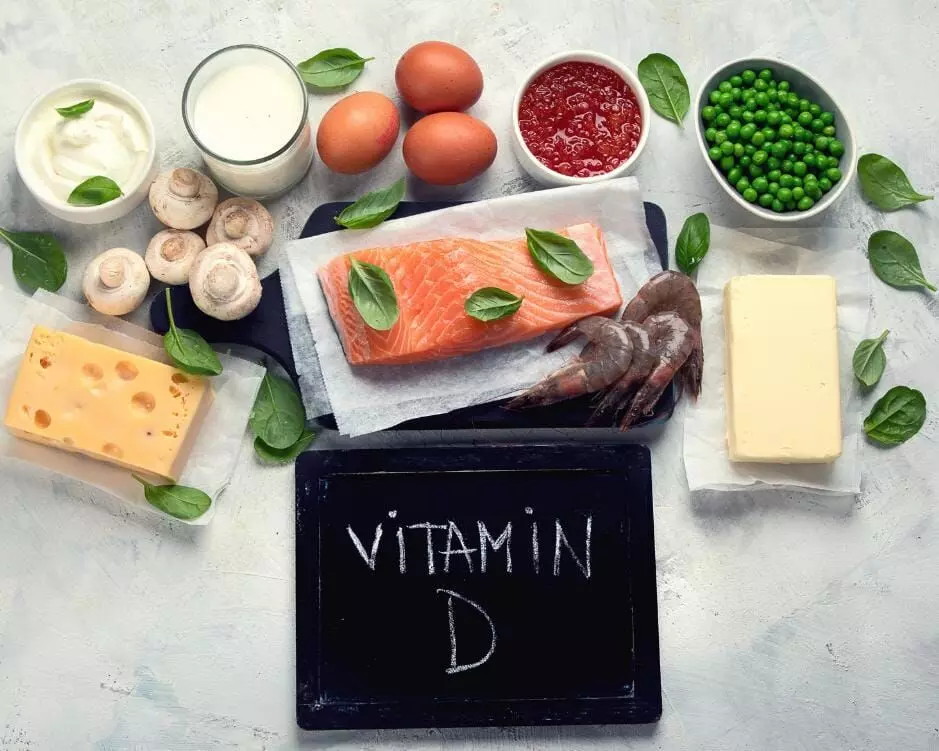Health Alert: 80% of Indian women lack Vitamin D; body aches a warning sign
87 per cent of women who suffer from body aches remained unaware of the link between body aches and poor bone health
By Sulogna Mehta
Hyderabad: Ironically, the Indian population suffers from Vitamin D deficiency though the country receives abundant sunshine, the single largest natural source for Vitamin D! Recent studies have shown that around 80 per cent of urban women in India are deficient in Vitamin D.
52,754 participants
Records from the Vitamin D testing camps in 2023 conducted by Apollo Diagnostics, in collaboration with Horlicks Women’s Plus, revealed that approximately 80 per cent of urban women in India have low or deficient Vitamin D levels. Of the 52,754 urban women tested in 2023, 80 per cent were found to be Vitamin D deficient.
Another survey done by an online site for mothers in 2023 highlighted that 87 per cent of women who suffer from body aches remained unaware of the link between body aches and poor bone health and turned to temporary pain relief.
Vitamin D deficiency numbers rising
Further, the percentage of this vitamin deficiency has gone up within two years.
According to 2022 data from tests on more than 2.2 lakh people across 27 cities by the digital health platform, Tata 1mg Labs, it was found that nearly 76 per cent of the Indian population suffered from vitamin D deficiency.
While 79 per cent of men overall had lower-than-desirable levels of vitamin D in their bodies, for women, the deficiency was 75 per cent.
‘Popping painkillers is not a solution for joint pains’
Levels of Vitamin D below 30ng/ml are considered insufficient or deficient. Vitamin D deficiency results in poor bone health and causes severe bone pain and fractures.
Studies show that women in India often overlook signs of poor bone health.
Commenting on this, Dr Siddharth Potluri, consultant orthopedician, Apollo Clinic, Hyderabad, said, “We need about 20 minutes of sunlight with 40 per cent of our body exposed to the sun daily for adequate production of Vitamin D. But Indian women do not get this sunlight exposure on a day-to-day basis. This leads to Vitamin D deficiency and bone pain. Women tend to rely on temporary analgesics that reduce the perception of pain but do not solve the problem of Vitamin D deficiency. They should consume nutritional supplements rich in Vitamin D and calcium to prevent the occurrence of deficiency and maintain bone health.”
Lifestyle indicators and symptoms of Vitamin D deficiency
Vitamin D is produced in the skin after exposure to sunlight.
A sedentary lifestyle, polluted air, constant use of sunscreens preventing the skin from getting proper sun exposure and indoor workspaces, especially since the pandemic, have contributed to the increased prevalence of Vitamin D deficiency.
Vitamin D plays a vital role in helping the mineralisation of the bones by the absorption of calcium and phosphorus from the food. Vitamin D deficiency can cause bone-related issues like rickets in children and osteomalacia or softening of bones in adults. A deficiency of Vitamin D can be indicated by symptoms such as fatigue, leg pain, lower back pain, bone pain etc.
How to acquire Vitamin D through diet
Sunlight is the biggest source of Vitamin D. However, dietary sources of Vitamin D are very limited.
The best sources are fatty fish and fish liver oil, a small quantity is also found in egg yolk and certain mushrooms. Apart from fatty fish, egg yolk and mushrooms, it is also found in cow milk, cheese, yoghurt, dry fruits, soy milk etc.
“Nutritional supplements with 100 per cent recommended dietary allowance of calcium and Vitamin D are readily available, affordable and beneficial for improving bone health. Along with the intake of nutritional supplements, women should also adopt healthy habits such as sufficient exposure to sunlight and regular exercise. This holistic approach can improve their bone health and reduce body aches and the risk of fractures as they age,” said the doctor.